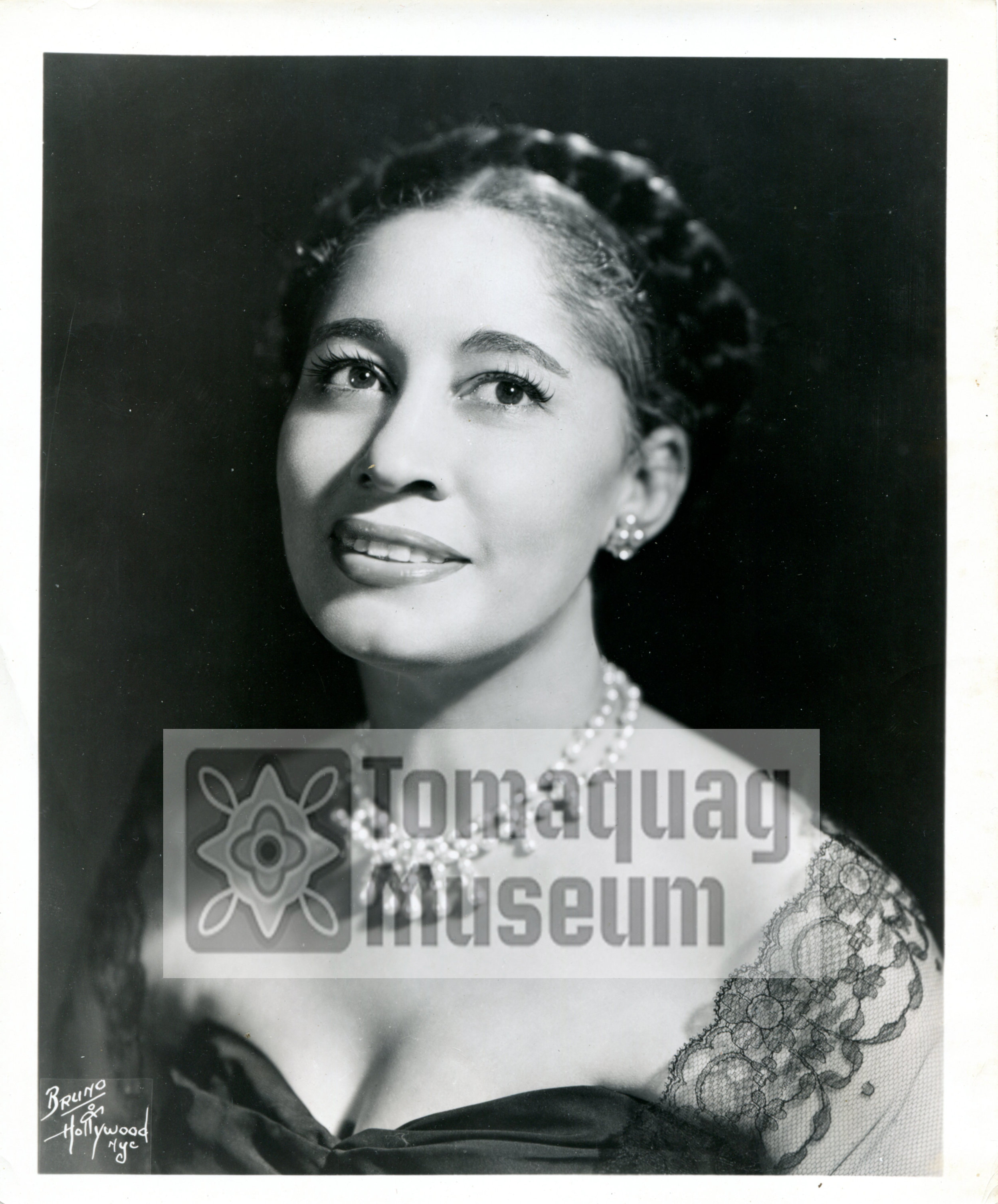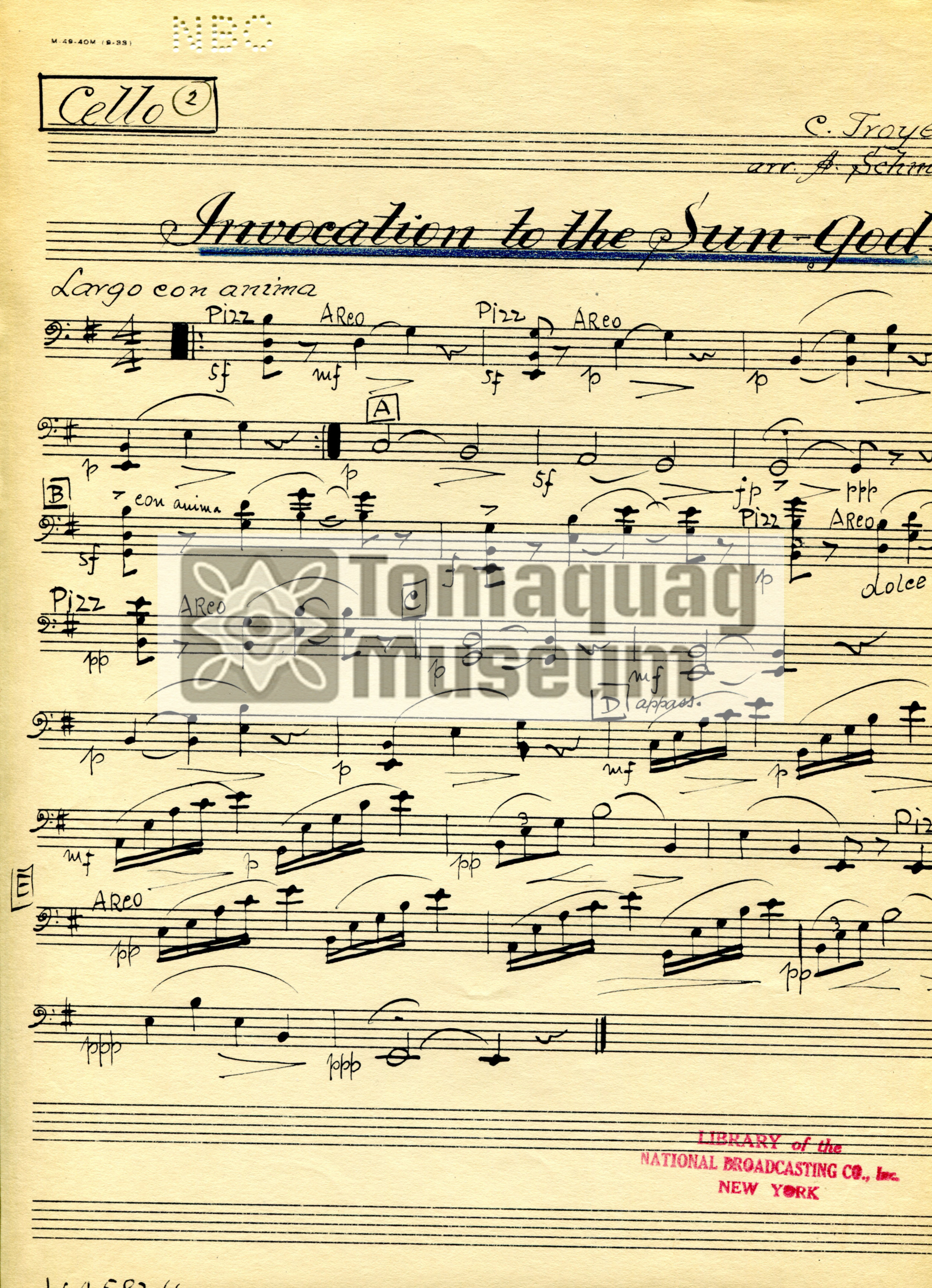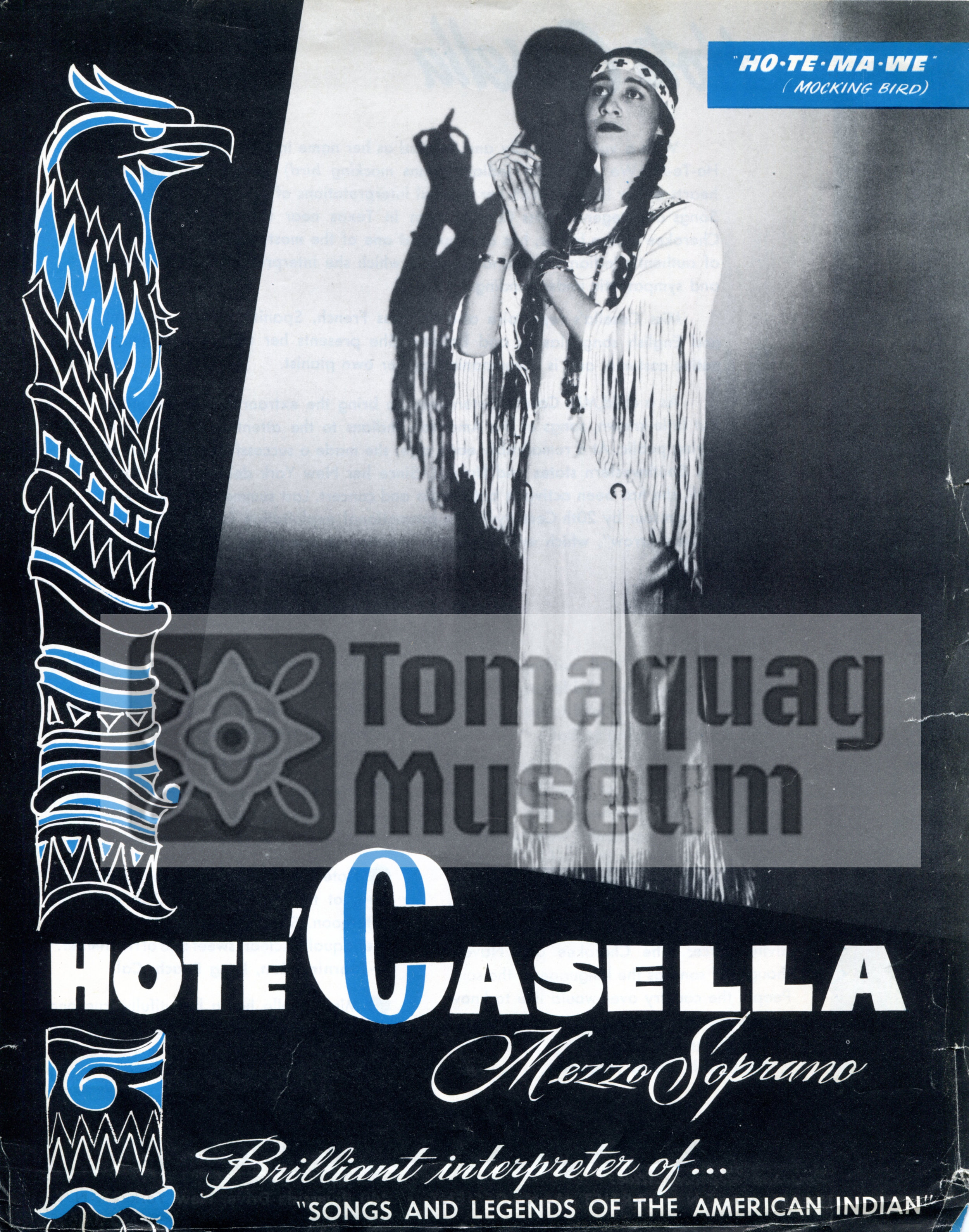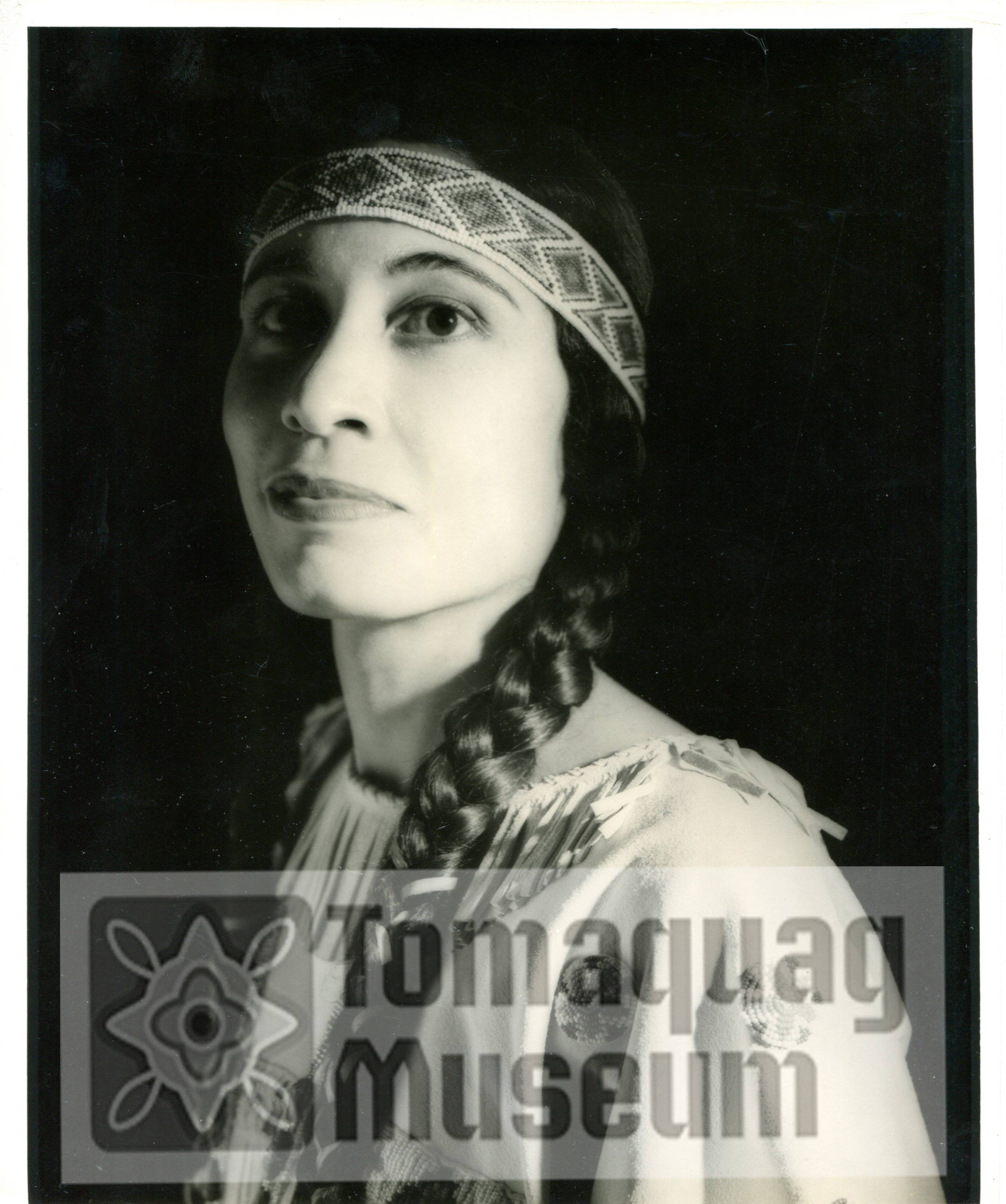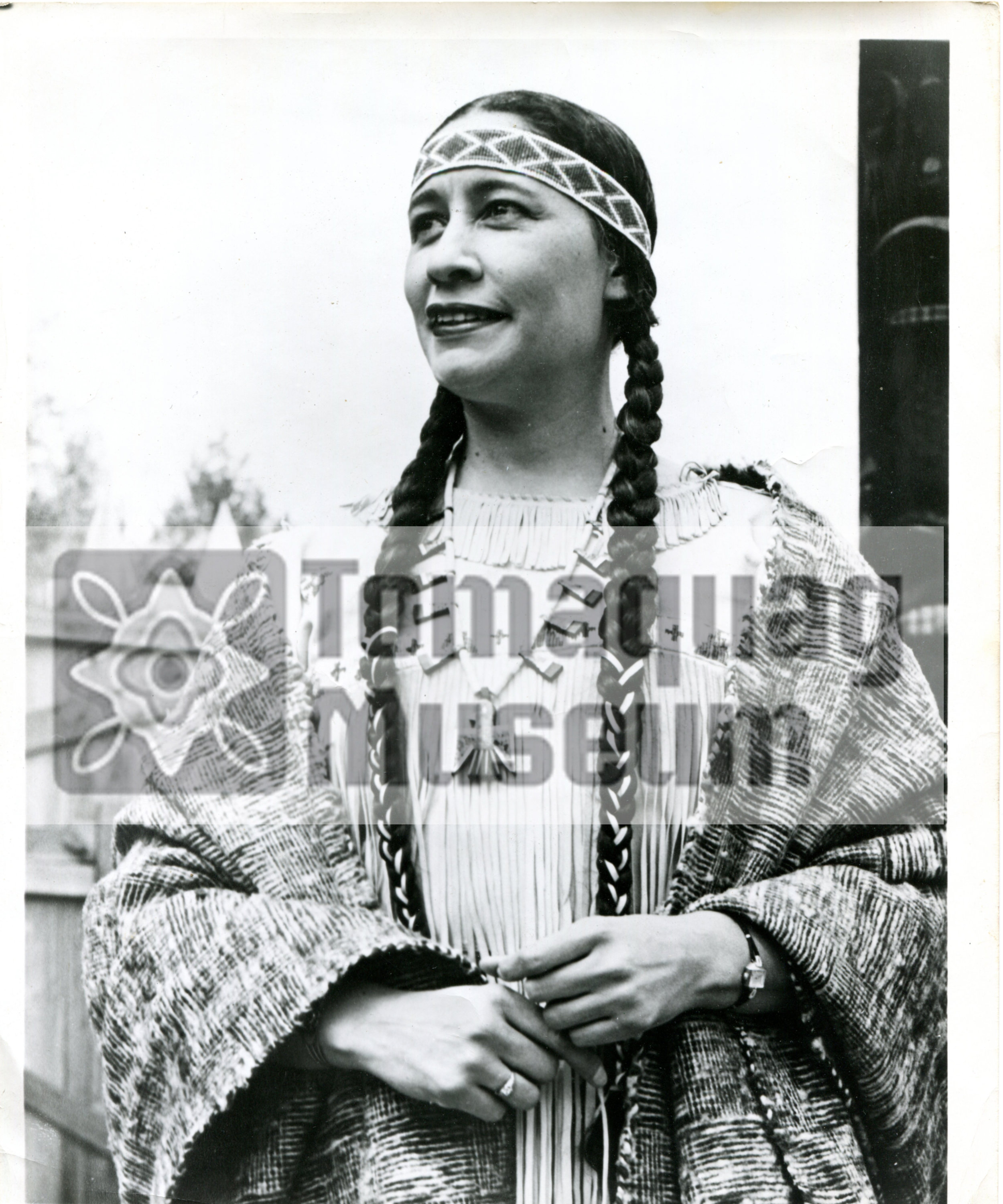Who is Hote'? Part One
Welcome to our Belongings Blog:
Belonging(s): “A close relationship among a group and personal or public effects” we strive to be inclusive to do this our blog is written staff, volunteers, interns, and experts.
Hello, my name is Anthony Belz (pictured above left) and I am the Museum Archivist for the Tomaquag Museum. For June’s installment of the Belongings Blog, I’d like to introduce you to a particular archival collection that was found hidden among the many archival treasures that reside here at the Tomaquag. In the past year since I became Museum Archivist, I have been diligently making my way through the nooks and crannies of the museum where some of the lesser known archives have been stored. The story of this particular collection is one of discovery and is a testament of the hidden power of archives as an untapped resource that has the ability to recover the treasures of the past and bring them into the present, and thus the future.
For those of you may not know what an archivist does, or why archives are important to institutions such as museums, libraries and historical societies, I’ll provide a little background. In short, archivists are focused on historical records- unique, one of a kind items that have both intrinsic and research value. More specifically, archivists organize and provide safekeeping for these records by using preservation techniques to ensure they are stored properly in a stable, protective environment and in acid free boxes and folders so that these special historical records will last for many more generations to come.
While exploring one of these nooks in the museum I discovered a number of cardboard boxes under a table where I knew archival materials were being stored. In one box in particular I found a large cache of old sheet music, yellowing and crumbling from age. Based on these visual cues, I knew I had found something interesting, so I began to investigate further. I estimated that there were about 100 pieces of sheet music, a surprisingly large number to be found together, so I knew it was a deliberate collection amassed by someone who was definitely a musician. My first instinct was that it had belonged to Princess Red Wing who was known to have played the piano and had sung and performed in musical plays. Some of the titles that lead me to this direction were, “An Indian Love Call” and “Fallen Leaf: An Indian Love Song.” But the piece of sheet music that really piqued my interest was a series of handwritten arrangements for different instruments that were punched in the corner with National Broadcast Corporation, so I knew it was unique and had some connection to a national broadcast that could be researched, and was by my best guess most likely radio.
As I made my way further into the box, I started finding black and white photographs of an Indigenous woman in full regalia. What struck me as interesting about these photographs is that they were composed as if they were taken professionally as a promotional image, which corresponded to the other materials such as promotional flyers, and advertisements for performances. I also recognized this woman from other photographs I had found in the archive upstairs. According to the promotional materials her name was Hote’ Casella and she was a mezzo-soprano singer of Native American music. But who was she? And why did we have this large box of sheet music, photographs, programs, press releases, newspaper articles and promotional materials? She was clearly a very well known professional musician, so where did it come from and how could I find out more about her? The next installment of the blog will attempt to answer some of these questions, explore some of the information revealed through my research and will culminate in some very recent discoveries from the archives that have connected Hote' Casella to the Tomaquag Museum!
Disclaimer:
This blog is for informational purposes only and does not represent the official views of the Tomaquag Museum. The Tomaquag Museum accepts no liability for the content, accuracy or spelling errors of this blog. Any views expressed on this blog are those of the individual post author only.
Unless otherwise noted, Tomaquag Museum holds a copyright to the material on this blog that includes images. If you see something that you would like, please contact us.
This blog provides external links for informational purposes only. The appearance of external hyperlinks on this site does not constitute endorsement by the Tomaquag Museum of the linked websites, or the information, products or services contained therein. The Tomaquag Museum does not exercise any editorial control over the information you may find at these locations nor does it take responsibility for any loss or damage suffered as a result of using any information published on any of the pages linked to a third party website.
Tomaquag Museum has the right to remove any comments deemed inappropriate, including profanity, language or concepts deemed offensive and those that attack a person individually.


